Now that we are in April, the trekking and climbing season will get serious. Many teams have already arrived and are trekking. Several teams are acclimatizing on their 8000-meter peaks while the Icefall Doctors are constructing the route through the Khumbu Icefall to Camp 2. Soon it will be time to climb!
Big Picture
As of April 3, 2022, the Ministry of Tourism has issued 252 total climbing permits thus far with only 85 for Everest. It appears the Russian invasion of Ukraine, Chinese travel bans, and low Indian participation are all taking a toll. More on this later.
Teams are trekking in the Khumbu. IMG has two separate teams already in Namache enjoying the first clear views of Everest from the Everest View Hotel. Multiple Nepali guides have their teams on the way. The teahouse owners must be happy to have the business again.

Thus far these teams have some members or staff already in Nepal. See the tracking table for the latest.
- Climbing the Seven Summits
- Summit Climb
- International Mountain Guides
- Madison Mountaineering
- Alpine Ascents
The Icefall Doctors have reached Camp 1 at around 19,500-feet and used relatively small 12 ladders in the Khumbu Icefall. The number of ladders have ranged from 30 to less than five depending on the number of crevasses and layout of the route from year to year.
Last Week
The Kathmandu restaurants are enjoying the uptick in business. The traditional places like Fire and Ice Pizza, or the Roadhouse, are busy. Everyone has their favorite. Up in the Khumbu, the teahouses were buzzing once again with business. Climbers, trekkers, guides, Sherpas, and porters all took advantage of WiFi to connect back home as they enjoyed fried rice or dal bhat for dinner. The weather reports have it nice in the valley with crisp cold mornings transitioning to some clouds into the afternoon. It will be cold as the climbers move towards base camp with nighttime temperatures well below freezing.
The Full Circle Everest team, trying to become the first all-Black team to summit Everest, finished off their training in Colorado and are preparing to leave for Nepal:
Thank you so much to everyone that has joined along to follow the @fullcircleeverest journey! Our departure for Nepal is right around the corner so some of the team got together in Colorado for a bit of final training! We had a wonderful day on Quandary Peak (14,271’). The low visibility and blowing snow were perfect for testing our gear in the elements. We can’t wait to begin our trek to base camp this spring! Thanks again to everyone for the love and support of @fullcircleeverest
Brit Tim Mosedale always has fun with technology. Click on this link to see a nice panorama from the Thame Monastery. And Jon Gupta, who I mentioned as a climber to watch, posted some great climbing videos from his last year’s Everest and Lhotse climb on YouTube.
Pemba Sherpa of 8K Expeditions tells me he believes he can report the first summits of the 2022 spring season. Four Sherpas have fixed the route to the summit of Ama Dablam, opening the door to all the rest. Congratulations to Pemba D Sherpa, Mingma Sherpa, Pasang T Sherpa, and Lhapka Tamang.
Other 8000ers
Lhoste is getting a lot of permits issued already, 29 on three teams, that one-third of the Everest total. Not clear on how many are planned doubles.
Looks like some travel problems are already emerging. Wilco van Rooijen headed for Kanchenjunga noted, “Day 1: Change of plans. Flight to Phaplu, not Lukla due to the weather. Tomorrow 6 hours jeep ride 4×4. After this, we start walking.” And Tracee Metcalfe going for the double of Kanchenjunga and Dhaulagiri said, “We arrived in KTM safely. The next stop will hopefully be Dhaulagiri basecamp but first, they need to see what’s wrong with the helicopter. We did get a brief flight around the Boudhanath in the heli!
Another ‘climber to watch’ is Ecuadorian speed climber Karl Egloff, 41. He’s on Alpenglow’s Makalu team with an impressive resume. According to Carreraspormontana, he has the best records on Kilimanjaro (2014), Aconcagua (2015), Elbrus (2017), and Denali (2019). I can’t, and don’t how to independently verify this but he seems like the real deal and crazy fast! Now he wants to set a speed record on Makalu this year and from the Tibet side on Everest in 2023.
Background: Of the fourteen peaks higher than 26,000-feet or 8,000-meters, eight are entirely in Nepal or straddle the border with either India or Tibet: Everest, Cho Oyu, Annapurna, Manaslu, Dhaulagiri, Makalu, Lhotse, and Kanchenjunga will all see Climbers this spring. Cho Oyu might be quiet since the standard route is from Tibet, not Nepal. In addition, Nepali companies are planning experimental commercial climbs this Autumn from the Nepal side. See this post for details.
Next Week
This next week is when the majority of climbers will arrive in Kathmandu and get their permits. We will have a better feeling at next Weekend Update about how the season will look with respect to numbers. Look for the trekking trails to fill up and the base camps for the 8000ers.
Nepal Permit Update
The permits for Everest are coming extremely slow as expected. I’m looking for 300 total, but at this rate, I may reduce it even more. 2021 was a record year with 408 permits issued to foreigners. The Nepal Ministry of Tourism posted these foreign permit tally as of April 3, 2022
- Everest: 85 on 9 teams (20 teams+ and ~300 climbers expected)
- Lhotse: 29 on 3 teams
- Nuptse: 17 on 2 teams
- Manaslu: 0 on 0 team
- Annapurna: 26 on 4 teams
- Dhaulagiri: 11 on 1 team
- Pumori: 0 on 0 team
- Makalu: 15 on 1 team
- Ama Dablam: 25 on 3 team
- Gangapurna: 2 on 1 team
- Himlung: 16 on 2 teams
- Thapa (Dhampus): 6 on 2 teams
- Bhemdang: 8 on 1 team
- Mukot: 4 on 1 team
Narrative on Arriving in Kathmandu
With the Everest 2022 well underway, it appears Nepal’s tourism industry is starting a slow recovery from the pandemics, earthquakes, travel bans, and the like. So the first order of business is to fly to Kathmandu, get to your hotel, settle in a day or so then fly to Lukla to start the trek. Let’s take a look at what it’s like to start the trek to Everest Base Camp.
Kathmandu
Many teams have a day or two in the schedule to explore Kathmandu. This is a great opportunity to make the transition from home to, well, whatever you want to call climbing Everest.
The city itself is a contradiction for the senses. It looks chaotic but somehow works. The policeman directing traffic look in control, but it is a mirage. Even in 2022, power blackouts occur so the hotels have backup generators. Restaurants are full, yet the service is personal. Smiles abound amongst the trash heaps.
It is easy to get frustrated or anxious in this new environment so it is a case study on how to accept what you cannot change and go with it. A lesson for later in the expedition.
Many people will visit the standard tourists’ spots including a trip to the Bagmati River which is the home of a significant Hindu temple. Ghats or river steps line the river. They can witness cremations. Bodies are painted and positioned on top of logs and set afire. When all that remains are the ashes, they are put in a small bowl with milk and flower petals covering them, and then washed into the river with an elaborate religious ceremony. Certain areas of this temple are reserved for cremating royalty and others for the lower classes.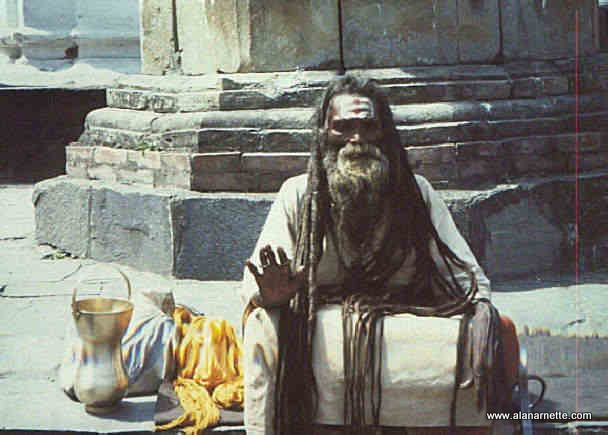
Pashupatinath is the holiest Hindu pilgrimage destination in Nepal. Boudhanath is among the largest stupas in South Asia and it has become the focal point of Tibetan Buddhism in Nepal. Monks walk about in maroon robes as well as Tibetans with prayer wheels in their hands. The climbers will also see the ritual of prostration where worshippers circle the stupa on their hands and knees, bowing down to their lord.
Another favorite spot is the Swayambhunath or Monkey Temple. This temple is located a short distance from Katmandu. There are over 500 wild monkeys crawling around on the steps and buildings – thus the Monkey Temple. Our climbers can get a nice pre-climb workout climbing the 365 well worn-steps leading to the top of the temple.
OK, so far so good but it’s early for our climbers.
A Time for Patience and Anticipation
It seems popular these days to want to rush to base camp and then speed up the mountain. While I understand people have busy lives combined with big goals, I respectfully suggest that they are missing the point.
Long time operators will take 10 days to trek to base camp, some will take longer by visiting Goyko or even climbing a trekking peak off route like Island Peak. And then others will try to fly to Namache, Periche, or even EBC itself, bypassing the trek entirely. Most experienced operators feel that a slow walk to base camp is the safest way to acclimatize to the altitude of EBC at 17,500′.
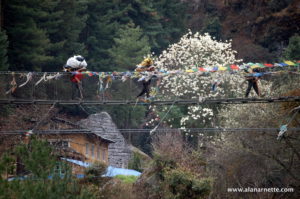 For me, the trek is a time to focus on why you are there, connect with the Khumbu, support the local economy and take in some of the most stunningly beautiful mountain views anywhere. It is a time to adjust your “work clock” to “Sherpa time”. It is an opportunity to slow down, breathe deeply and open your eyes to what surrounds you in space and time.
For me, the trek is a time to focus on why you are there, connect with the Khumbu, support the local economy and take in some of the most stunningly beautiful mountain views anywhere. It is a time to adjust your “work clock” to “Sherpa time”. It is an opportunity to slow down, breathe deeply and open your eyes to what surrounds you in space and time.
And it is a time to let your objective sink in deeply like it never has. This is not a beach vacation or an adventure trip with zip lines and canopy walks. You are climbing Mt. Everest. It will take all you have, and then some. The question to ponder is how much of “then some” do you have?
Preparing
Flying to Lukla, now named Tenzing-Hillary Airport, starts early. A 3:00 am wake-up call begins the action. This is early, even by climber’s standards as many have been rushing to get last-minute items, connect back home and, in general, rest up knowing what is ahead.
When the phone in your room rings, you are already awake, staring at the ceiling, wondering what you forget to pack, what you forget to say on last night’s phone call home. The anxiety is high. The question now is just how long of a hot shower, the last for six weeks, you take. Yes, take a shower, wash your hair, perhaps shave – if appropriate – knowing it will be a temporary cleansing.
You packed your duffels, for the fifth time, the night before, but you take one more look to make sure. It really doesn’t matter. It is too late to get anything you forgot. It is time to go. The tiny man who carried your huge duffels to your room is fast asleep in the lobby so you hoist the bag on your shoulder and struggle down the stairs. You begin to sweat, you start to breathe heavily. And you are about to climb Everest. Doubts enter your mind as to your training, your fitness, are you ready?
Now at the hotel desk, you check out. Pay for the laundry so you have clean clothes upon your return. Your bar bill, yes it was too much, but … All of a sudden, you hear a voice behind you, the tiny man. He retrieves your last bag. You are glad. This time you tip him ten US dollars, feeling guilty that it should have been twice that much.
The team slowly convenes in the lobby. Everyone looks asleep. The joker of the group maintains his facade. Everyone goes along, too tired, too nervous to compete. The cattle call comes and everyone goes to the bus, a small bus already loaded with your gear. Driving the quiet streets of Kathmandu, you see the city from a different perspective. It looks clean, quiet, and serene. Everyone is quiet, except for the jokester. Everyone ignores him.
Waiting
Arriving at the Kathmandu domestic terminal, you are struck at how different it is from your arrival. Several other teams also arrive, flying to Lukla. You inspect one another like gladiators preparing for a fight, but you don’t have the energy. You simply smile. Your leader gets the tickets for Yeti Air, Nepal Air, Sita Air, and, your favorite, Buddha Air.
Passing through the security, you smile, inside. The metal detectors are unplugged, just a wooden frame you pass through. The guard pats you down. He asks if you have a knife or lighter in your bag. You say no, he searches anyway and pushes you on. Entering the departure lounge, you look for your teammates and take a seat on one of the many nondescript chairs.
The small talk is quiet. Those with cell phones and local sim cards check email, Facebook, and send a tweet. Those without, nod off, chat quietly. All of sudden another tiny man swings through announcing something in Nepali. Your team gets up and moves in unison following one of your Sherpa.
Lining up at the door, ticket in hand, you wait, and wait, and wait. False alarm, the weather has shut down Lukla. This drill is repeated four more times. Your 6:00 am departure is now 10:00 am. Then it is canceled.
Returning to the hotel, you crawl back to bed, knowing the same drill will be repeated tomorrow, and perhaps the next day. Your schedule is out of your control and in the hands of the weather Gods, get used to it, this will be your life for the next two months.
Flying
Finally, the Gods are happy and you step on the small plane, a DeHavilland Twin Otter designed for short runways. It is a mainstay for this type of flying around the world. All it needs is 1,000 feet of gravel or pavement to land. Lukla’s runway is 1,509 feet.
Lukla is notorious as one of, if not, the most dangerous airports in the world. While paved today, in 1997, cows grazed on the grass runway. When a plane approached a kid was sent to shoo the bovine off of the runway.
But the flight is suspended animation. Every seat is a good seat. if you want to video the pilots take row one, but the views out any window are unmatched. The small plane skirts the mountain tops sending cows and goats running along high ridges, their road, dirt paths. The clouds enveloped the plane. You wonder how the pilots can see where they are going. You stop wondering.
As the flight continues, it is only 30 minutes but seems shorter, no longer; it doesn’t matter. Your face is pressed against the window, staring but not seeing. You are lost in thought. A Sherpa on your flight is fast asleep others are snoring. You know your place.
You review the safety record of the airport in your mind. You know the facts: the landing starts at a top of a 2,000 drop-off at the end of the runway. If  your pilot misjudges the approach, the plane can hit the hillside. There have been many crashes at this airport including one in August 2010 where 14 people died.
your pilot misjudges the approach, the plane can hit the hillside. There have been many crashes at this airport including one in August 2010 where 14 people died.
The engines begin to squeal as the pilot feathers the props. They are flying your plane. They know what they are doing. The flight attendant comes through the last time. She passed out cotton to be used for earplugs in the beginning along with a breath mint. Now she passes by without looking. Did she look nervous? Another mystery of Nepal.
Landing
The Otter takes on a steep angle heading towards a controlled crash. The runway appears through the clouds. You can feel the g-forces as you slow, then accelerate. You place both feet firmly on the floor as you pull the seat belt tighter. The Sherpa next to you snorts as he wakes up.
With a bang and a loud roar, the Otter lands – one wheel at a time. The engines reverse with gusto. It is loud, Now you wished you had used the cotton, but just as quickly, a low roar takes over as the plane turns right onto a small concrete landing area. The pilots maneuver the plane like a ballet dancer positioning it precisely on the spot marked #3 between two other planes, #2 and #4.
Just as you begin to breathe another loud roar fills the void, the Sita plane takes off filled with trekkers completing their journey. Yours has just begun.
This is one of my videos of landing in Lukla.
Lost in a Walk
Have you ever been so lost in thought that you don’t hear someone talking to you? This can easily happen in the Khumbu on your way to Everest.
Getting off the Otter, you regain your legs. A controlled frenzy surrounds you as the plane is unloaded and reloaded for the 10-minute turn-around. With the unpredictable weather, the pilots don’t want to waste any time. The engines stay on.
Now at 9,400-feet, it is time to transition from traveler to trekker. From this point on to base camp, it is all dirt paths, no cars, motorcycles, bicycles – just feet and hoof. You have a quick snack at one of the many teahouses in Lukla, don your day packs, and head to Phakding or Monjo – small villages nestled in the Himalayas for your first night in the Khumbu. You lose altitude, about 600 feet – the last time this will happen until you descend from an acclimatization climb in a couple of weeks!
For the first time, you feel like your Everest quest has really begun …
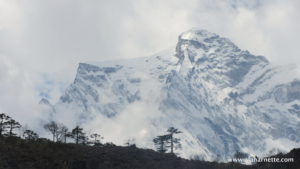 Your eyes look down at the dirt path trying to avoid any rocks. A sprained ankle on day one of a 60-day expedition would not be the best way to start. But it is almost impossible not to look up, way up, and see the snow-covered peaks of the Himalayas. Back home in Switzerland or Colorado, the peaks seem large, but they are dwarfed by these 20,000-foot giants.
Your eyes look down at the dirt path trying to avoid any rocks. A sprained ankle on day one of a 60-day expedition would not be the best way to start. But it is almost impossible not to look up, way up, and see the snow-covered peaks of the Himalayas. Back home in Switzerland or Colorado, the peaks seem large, but they are dwarfed by these 20,000-foot giants.
The scale is hard to understand. When you get home, a common phrase will be “The picture doesn’t really capture what is was like.” But you try anyway, quickly filling up the tiny storage card in your camera.
The trail is well worn. After all, this is the main highway. It is used by porters carrying supplies to the villages. The local people walk this path each day to make visits or buy basic food items they cannot grow. Each year before and after the summer monsoons, this same trail is filled with people trekking the Khumbu or on their way to Everest Base camp for a life-changing experience.
Then there are the children of the Khumbu. This is their path to school. It’s their playground. It’s their home. You are a visitor.
Your mind drifts to a year earlier when you walked on a dirt path in a nearby forest. Your 40-pound pack felt heavy then, during your training, but now your simple day pack goes unnoticed. You think about your family back home. For a moment you can see their faces, hear their voices, feel their love. You left home leaving nothing unsaid. You know they are walking the path with you today.
The sudden clanging of bells knocks you back to the present. You look up and a huge smile covers your face. Yaks! You remember what a Sherpa once told you. “Always stand on the the uphill side when yak passes by.” The huge furry beasts lumber by, oblivious to you and the nonstop shutter click coming from your camera. By now you already have several hundred yak pictures, but this shot is different!
The trail becomes quiet again as you walk. Your pace is relaxed. Today is only a few miles, not taking more than a few hours. There is no reason to hurry. You are adjusting to “Sherpa Time.”
The Great Negotiator
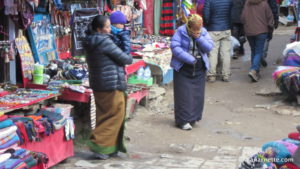 As you approach one of the countless villages that all seem to end with the word “boche”, you are greeted by a table of souvenirs. A beautiful woman stands quietly behind the table. Her dark hair is covered with a scarf, her black eyes look at you with a pleasant feeling. She smiles softly as you look at the table of goods.
As you approach one of the countless villages that all seem to end with the word “boche”, you are greeted by a table of souvenirs. A beautiful woman stands quietly behind the table. Her dark hair is covered with a scarf, her black eyes look at you with a pleasant feeling. She smiles softly as you look at the table of goods.
You focus on a bracelet. This would make a good gift, you think. She feels your interest and picks it up, offering it to you. You hold it carefully, turning it over, inspecting it for, well you have no idea. “How much?” you ask preparing to negotiate as you did for your last car.
“500.” she says with an air of authority. “No, too much.” you say even before you do the calculation to your own currency. She looks at you. This is not her first rodeo. You place the bracelet back on the table. But then you see a small prayer wheel. You like it. “How much?” “3000 rupees” and a strategy begins to develop.
“You like both? she asks recognizing the strategy. “3,000 for both.” she offers. “1,500” you counter knowing she will come back. “no, no, no,” she says with a laugh and a smile. Now you are both in your element. Let the games begin.
“OK, 2,500 for both” you offer with an air of confidence. OK, she says quickly.
You pause for a moment but then reach in your pocket pulling out what looks like Monopoly money to you. You fumble with a blue one and a green one and there are a few reds. Finally, she reaches over and quickly pulls out two 1,000 and a 500 from your pile. You both laugh as she puts your money along with her wad of money that is as big as a grapefruit. This was not her first rodeo.
Feeling smug, you walk away once again looking at the dirt trail, the snow-capped peaks, and the blooming rhododendrons and cherry trees. You hear the laughter of kids playing in the distance.
You begin to review your amazing negotiating skills. She wanted 3,500 rupees, you paid 2,500 rupees. Yes, you just saved $9.60.
Climb On!
Alan
Memories are Everything
Follow Along!
I’m updating my annual team location table and track climber’s blogs (see sidebar). If you have a team not listed, please let me know, and I will add them if I can track them. Likewise, please contact me if you prefer not to be mentioned. Finally, if you would like to see anything special this year, post a comment or drop me an email.
Here’s the video podcast version of this weekend’s update:
The Podcast on alanarnette.com
You can listen to #everest2022 podcasts on Spotify, Apple Podcast, Google Podcasts, Pocket Casts, RadioPublic, Anchor, and more. Just search for “alan arnette” on your favorite podcast platform.
Why this coverage?
I like to use these weekend updates to remind my readers that I’m just one guy who loves climbing. With 35 serious climbing expeditions including four Everest trips under my belt and a summit in 2011, I use my site to share those experiences, demystify Everest each year and bring awareness to Alzheimer’s Disease. My mom, Ida Arnette, died from this disease in 2009 as have four of my aunts. It was a heartbreaking experience that I never want anyone to go through thus I ask for donations to non-profits where 100% goes to them and nothing ever to me.![]()


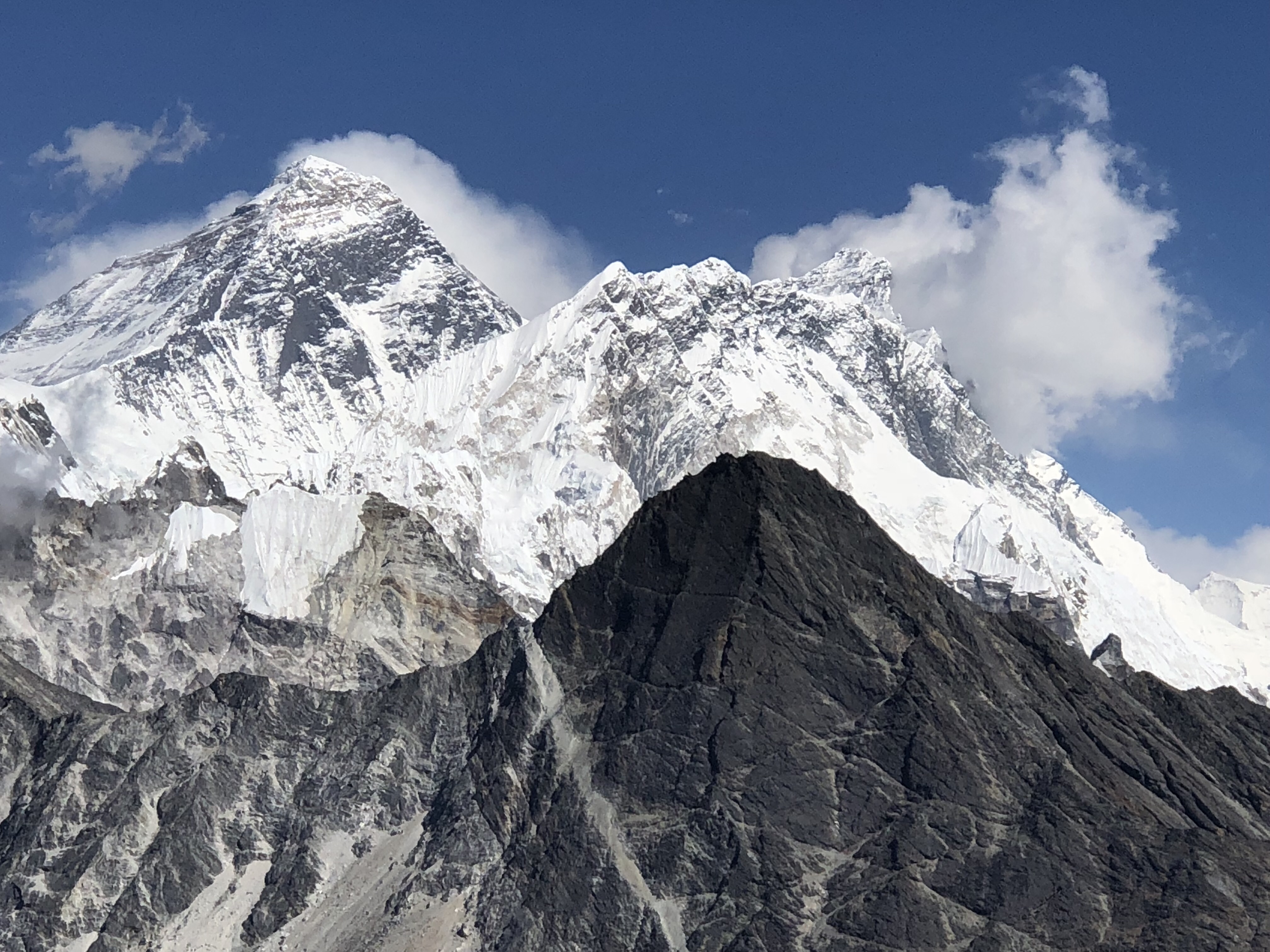
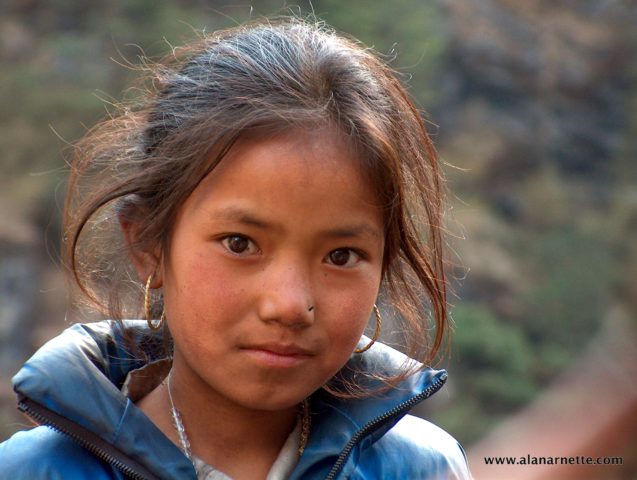
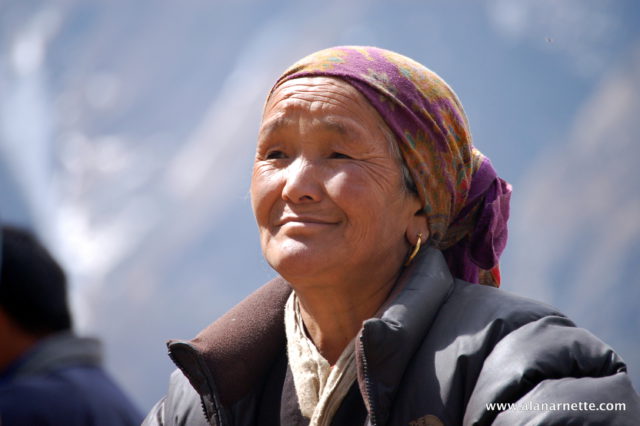
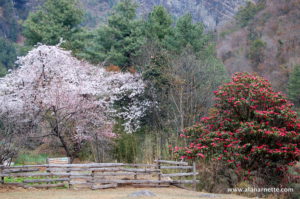
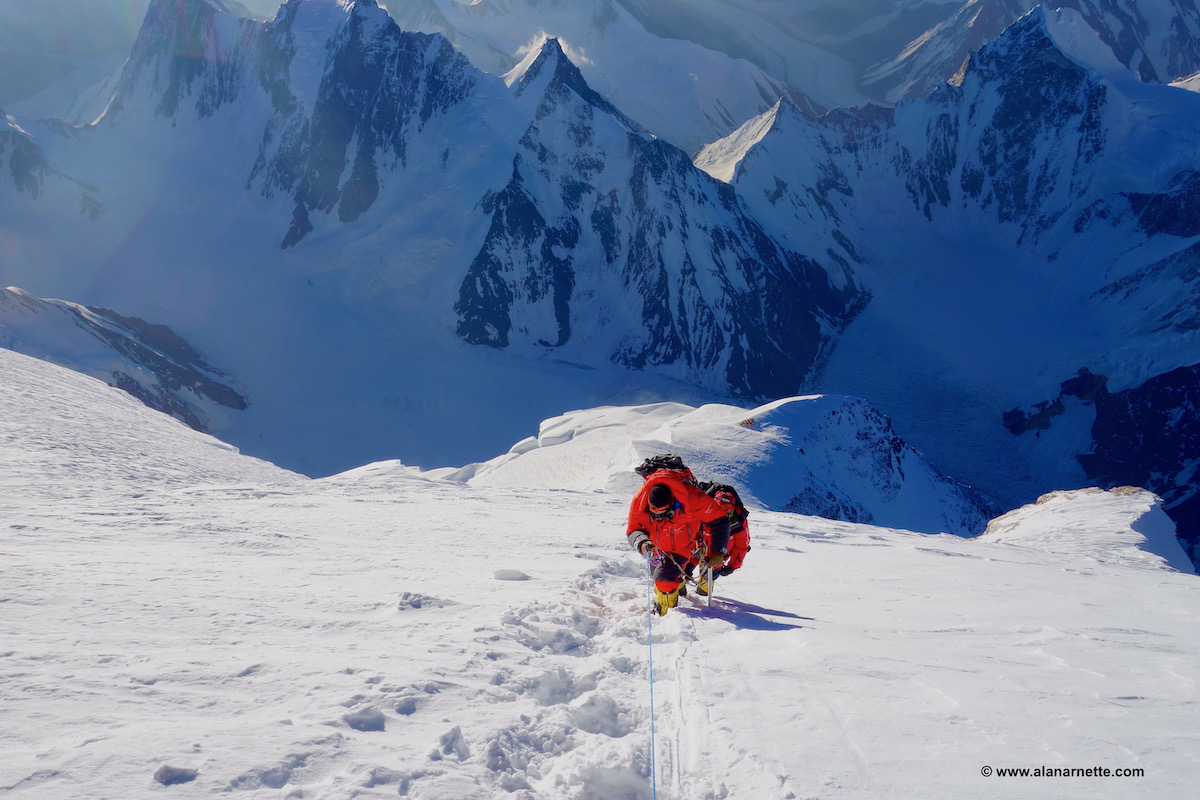

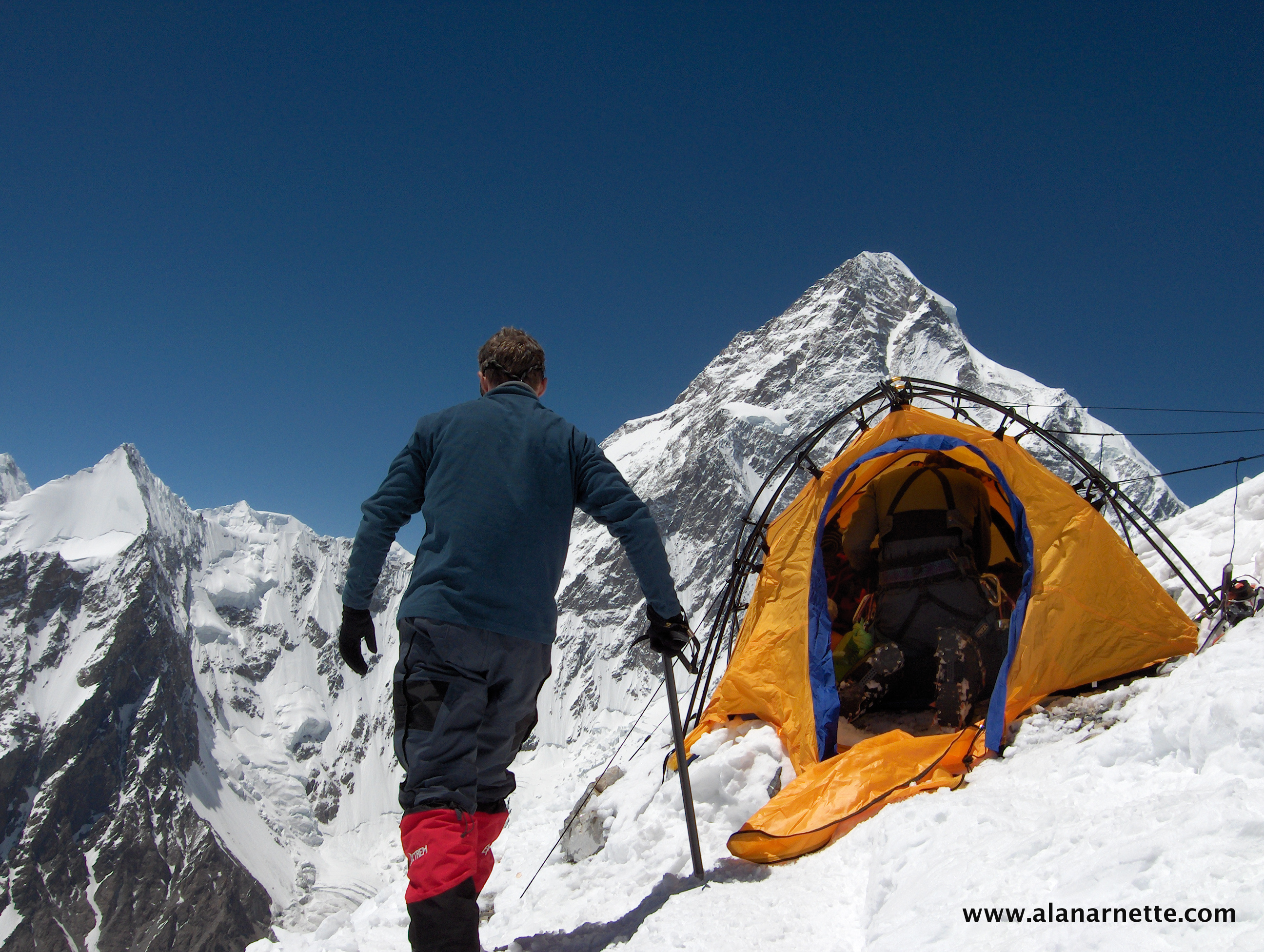
7 thoughts on “Everest 2022: Weekend Update April 3 – Trekking”
Hey, FYI, the video of the landing at Lukla is shown as private. I’m sure I can find it on YouTube, but it’s not clickable here.
Thanks for today’s report. I always enjoy reading your description of a typical journey. You really make me feel it.
I changed the visibility to Public. Not sure why it was private. Thanks for the heads up. this is the link. https://youtu.be/lMKEf3L5zvEthe
Alan I was wondering if the hight at which oxygen becomes thinner on mountains varies from year to year or is it always constant.
Hi John, the barometric pressure does change all the time and in season. For example, winter is different than summer so the altitude will feel higher then. Honestly, I understand the math and theory, but I’m not 100% sure it makes a huge difference in how the climber materially feels. This is a good article if you want to research it more: https://8kpeak.com/pages/altitude-real-feel
Thank you.
Fantastic update
Thanks as always, Kate.
Comments are closed.